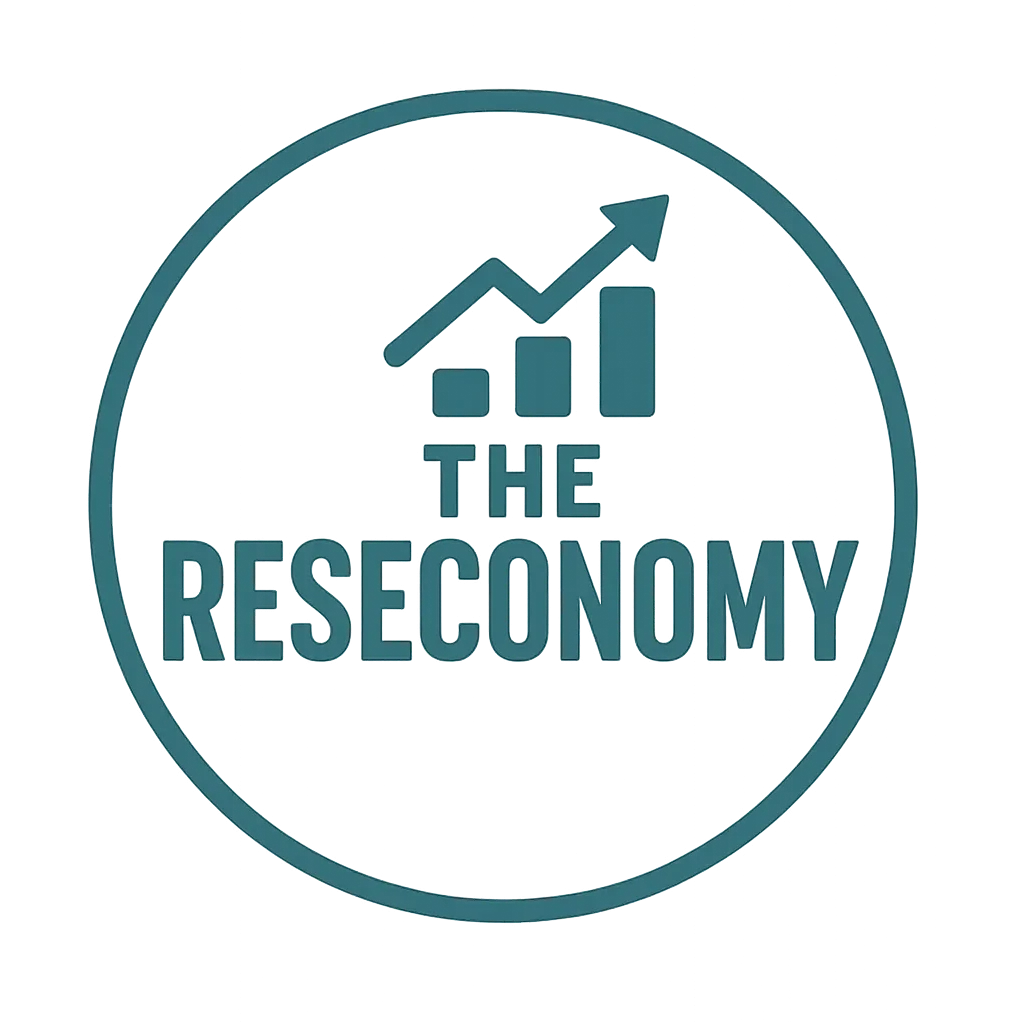In today’s rapidly evolving business landscape, marked by technological advancements and shifting market demands, stasis is the enemy of progress. Organizations that stand still risk becoming irrelevant. The key to sustained success lies in fostering a culture of continuous learning – an environment where employees are empowered and encouraged to embrace a growth mindset and actively pursue ongoing development.
This post explores the profound benefits of a continuous learning culture and provides practical strategies for businesses to cultivate such an environment, ultimately equipping their employees with the skills and knowledge needed to thrive in the future.
The Imperative of Continuous Learning:
The traditional model of learning being confined to formal education or initial onboarding is no longer sufficient. Continuous learning has become a necessity for both individuals and organizations due to:
- Rapid Technological Advancements: New technologies are constantly emerging, requiring employees to upskill and reskill to remain relevant and productive.
- Evolving Job Roles: Job descriptions are becoming increasingly fluid, demanding adaptability and a willingness to learn new competencies.
- Increased Competition: Organizations need a workforce that is constantly innovating and improving to maintain a competitive edge.
- Employee Engagement and Retention: Employees who feel they are growing and developing within an organization are more likely to be engaged, motivated, and stay with the company long-term.
- Addressing Skills Gaps: Continuous learning initiatives can help organizations proactively address existing and emerging skills gaps within their workforce.
- Fostering Innovation: A culture of learning encourages curiosity, experimentation, and the generation of new ideas.
The Cornerstones of a Continuous Learning Culture:
Building a thriving culture of continuous learning requires a multi-faceted approach that touches various aspects of the organization:
- Leadership Buy-In and Advocacy: Leaders must champion continuous learning, actively participate in development initiatives, and communicate its importance to the organization’s success.
- Embracing a Growth Mindset: Encourage employees to believe that their abilities and intelligence can be developed through dedication and hard work. Celebrate learning and the willingness to take on challenges.
- Providing Accessible Learning Opportunities: Offer a diverse range of learning resources and formats that cater to different learning styles and schedules, including online courses, workshops, mentorship programs, conferences, and internal knowledge-sharing platforms.
- Integrating Learning into the Workflow: Make learning a natural part of the daily work experience through on-the-job training, peer-to-peer learning, and opportunities for experimentation.
- Recognizing and Rewarding Learning: Acknowledge and celebrate employees’ efforts and achievements in learning and development. This reinforces the value the organization places on growth.
- Creating a Safe Space for Experimentation and Failure: Encourage employees to try new things and learn from their mistakes without fear of punishment. Failure should be seen as a learning opportunity.
- Promoting Curiosity and Inquiry: Foster an environment where asking questions and seeking knowledge is encouraged and valued.
- Facilitating Knowledge Sharing and Collaboration: Create platforms and opportunities for employees to share their expertise and learn from each other.
- Leveraging Technology for Learning: Utilize learning management systems (LMS), online learning platforms, and other digital tools to deliver engaging and accessible learning experiences.
- Personalizing Learning Paths: Recognize that employees have different learning needs and goals, and offer personalized development plans and resources.
Practical Strategies for Cultivating Continuous Learning:
Here are actionable strategies organizations can implement to build a culture of continuous learning:
- Set Clear Expectations: Communicate the importance of continuous learning as a core value and expectation within the organization.
- Offer Learning Stipends and Resources: Provide financial support and access to a variety of learning resources, both internal and external.
- Implement Mentorship and Coaching Programs: Pair experienced employees with those seeking to develop new skills and knowledge.
- Organize Internal Workshops and Training Sessions: Leverage the expertise within your organization to facilitate knowledge sharing.
- Encourage Participation in External Conferences and Workshops: Support employees in attending industry events to stay updated on the latest trends and best practices.
- Create Online Learning Portals: Curate relevant online courses, articles, and resources in a central, easily accessible platform.
- Facilitate Communities of Practice: Connect employees with shared interests or roles to foster peer-to-peer learning and problem-solving.
- Integrate Learning into Performance Reviews: Discuss learning goals and progress as part of the performance management process.
- Recognize Learning Achievements Publicly: Celebrate employees who actively engage in learning and apply new knowledge.
- Lead by Example: Encourage leaders to actively participate in learning initiatives and share their own development journeys.
- Gather Feedback on Learning Initiatives: Regularly solicit feedback from employees on the effectiveness of learning programs and make adjustments accordingly.
- Measure the Impact of Learning: Track key metrics such as skills development, employee engagement, and innovation to demonstrate the ROI of continuous learning.
Empowering Employees for Future Success:
A culture of continuous learning is not just about keeping pace with change; it’s about empowering employees to reach their full potential and contribute meaningfully to the organization’s future success. By fostering a growth mindset and providing ample opportunities for ongoing development, businesses can cultivate a resilient, adaptable, and innovative workforce that is ready to tackle any challenge and embrace the opportunities of tomorrow.
What strategies has your organization found most effective in building a culture of continuous learning? What are the biggest challenges you’ve faced? Share your insights in the comments below!
